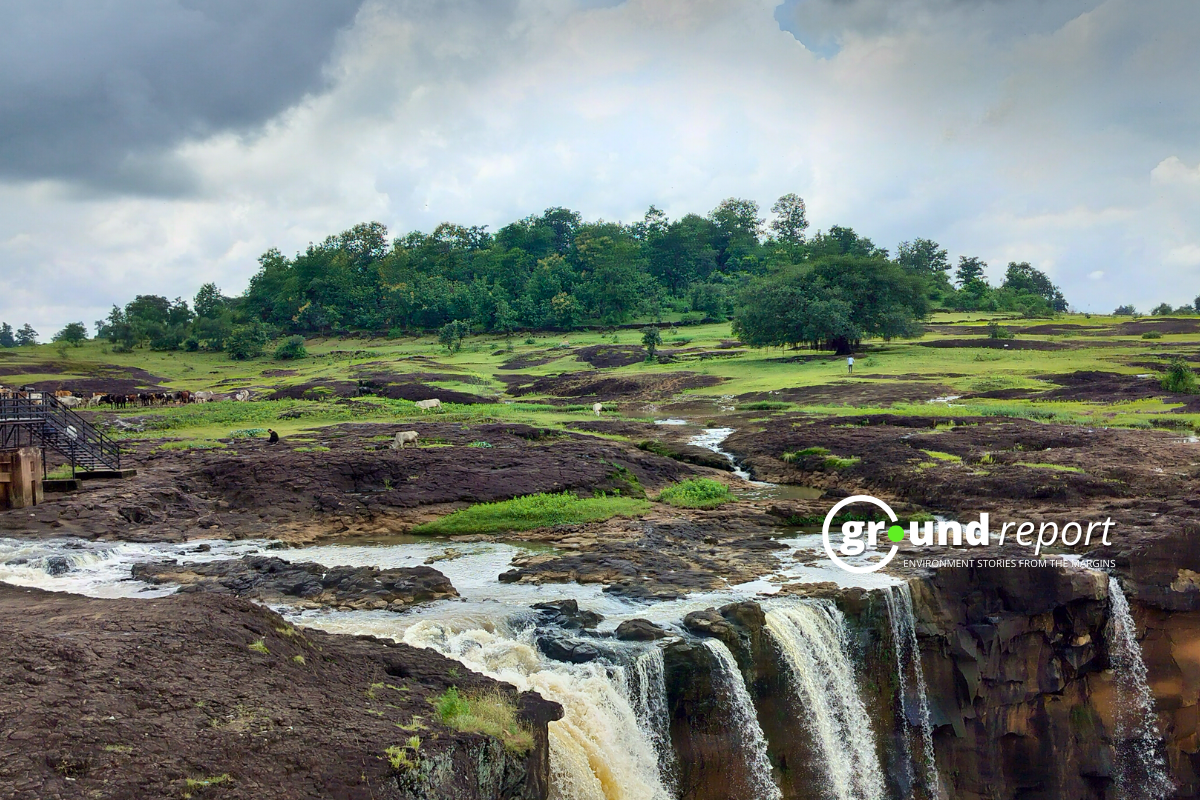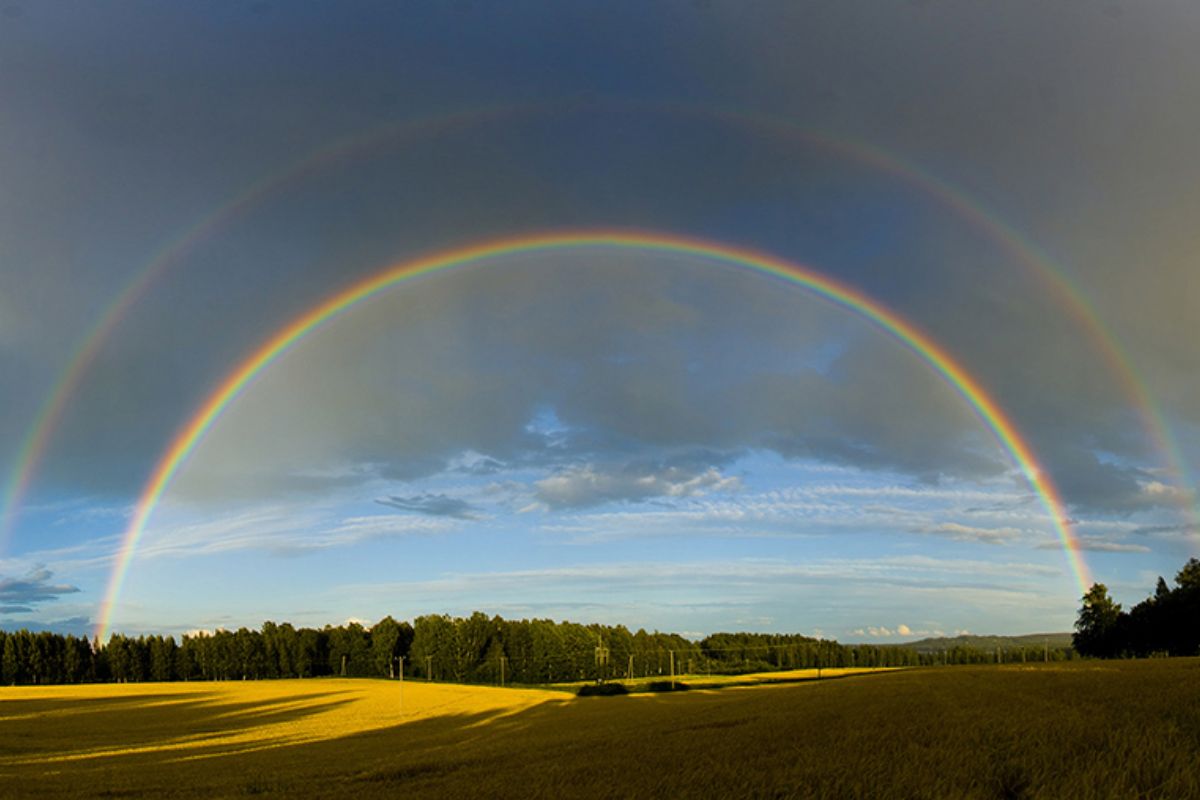In a recently published report by the Yale Climate Change Communication Program and CVoter International, 82% of the Indian population is alarmed or concerned about global warming.
The report, titled “The Four Indies of Global Warming, 2022,” classifies the Indian population into four distinct groups based on their attitudes toward climate change: the alarmed, the concerned, the wary, and the disengaged.
The remaining 18% are cautious or disconnected from these issues. The report identifies four groups within the Indian population, namely the alarmed, worried, cautious and disengaged, with each group having different responses to climate change.
The alarmed segment is the most supportive of political and national action to address global warming and is motivated to take individual action.
To compile the report, a telephone survey was conducted from October 2021 to January 2022, with 4,619 Indian respondents. Questions focused on the Indian public’s awareness, beliefs, policy support and behaviour on climate change, as well as their perceptions of local weather and climate patterns and vulnerability to extreme weather events.
Most respondents in all four segments favoured a national program to teach Indians about global warming and train people for renewable energy jobs.
Other findings include that a large percentage of the alarmed, concerned and cautious felt the Indian government should do more to tackle global warming, with a majority in every segment favouring India’s participation in the Paris Agreement.
The implications of the report for India are significant, and policymakers and businesses are encouraged to take immediate action to address global warming and work to develop sustainable solutions that benefit all segments of society.
Global Warming beliefs among populations
The study found that people’s beliefs about global warming vary widely depending on their level of awareness and concern. The study found that the most knowledgeable group, dubbed “The Alarmed,” feel most confident in their understanding of global warming, with half of them saying they know at least “some” about it.
Meanwhile, the least informed group, known as “The Unplugged”, was found to have the least awareness of global warming, with only 11% saying they knew at least “some” about it.
The study also found that belief in global warming varies by group, with almost all of the Alarmed and Concerned groups believing in its existence, compared to just 30% of the Disconnected. The Alarmed group also reported the highest level of personal experience with global warming, with 86% of them saying they have personally experienced its effects.
There were also differences in beliefs about the causes of global warming. The Alarmed group and about half of the Concerned group believe that human activity is the main cause of global warming, while the Cautious group probably attributes it to natural changes in the environment.
The study highlights the need for greater awareness and education about global warming, particularly among those who are less informed or less concerned. The Non-Committed group was found to be the least likely to express an opinion on global warming, underscoring the need for more efforts to engage and inform them on the issue.
Global Warming Risk Perceptions
According to a study, people’s perceptions of global warming vary widely depending on their level of concern. The study divided people into four groups: the alarmed, the worried, the cautious, and the disengaged.
The Alarmed group is the one that knows the most about global warming, and almost all of them say they care. They are also the most likely to see global warming as a short-term risk that will affect them and their families, as well as their local community and country.
The Concerned group is also concerned about global warming, but not to the same extent as the Alarmed group. They believe that global warming will cause dangerous impacts in the next 20 years, including disease epidemics and severe heat waves.
The Cautious group is less concerned about global warming, with about half saying they are not concerned. They are more likely to believe that global warming is caused by natural changes in the environment than by human activities.
The Unhooked group is the least concerned about global warming, with only 20% saying they are concerned about it. They are also the group most likely to say they don’t know or express an opinion when asked about their perceptions of global warming risks.
Public opinion on climate policies
India found that the majority of Indians are concerned about climate change and support various climate and energy policies. The study segmented the Indian population into four categories based on their attitudes towards climate change: alarmed, worried, cautious and disengaged.
The study also found that most of the Alarmed, Concerned and Wary groups support India’s participation in the Paris Climate Agreement, while only 8% of the Disconnected group do. Similarly, most of the Alarmed and Concerned groups believe that the Indian government should do more to tackle global warming, while only a small percentage of the Disconnected group share this sentiment.
The Alarmed group was found to be the most supportive of India’s transition to renewable energy, with 68% saying India should use more renewable energy, including 52% saying India should use “much more ” renewable energy.
The disengaged group was found to be the most likely to express uncertainty or not express an opinion when asked about India’s national action on global warming and its support for climate and energy policies. This sentiment was shared by 86% to 91% of the group on various questions.
Weather events in India
Most people in India have noticed changes in local weather patterns, with most saying that the amount of rainfall in their area has changed over the past decade.
The sentiment is shared by 78% of the alarmed, 76% of the concerned, 70% of the cautious, and 65% of the disengaged. Many respondents have noted changes in the predictability of the monsoons.
The survey also found that people in India have noticed an increase in the number of hot days, with most Alarmed saying hot days have become more frequent in their local area compared to the past.
Many of those surveyed are likely to face challenges recovering from extreme weather events, with most saying it would take several months to several years for their household to recover from a severe drought or flood.
Segment differences in household
A higher percentage of Alarmed (43%) live in a separate house pucca compared to Concerned (39%), Cautious (32%), and Disconnected (14%).
In terms of home amenities, the Alarmed have higher rates of air conditioning (16%), internet access (71%), and access to improved water sources (86%) compared to the other segments.
Conversely, the unconnected are more likely not to respond or express uncertainty when asked about their homes (54-57% across all questions).
The study found that the Unconnected segment has a significantly higher proportion of women, with 76% identifying as such. By comparison, the Alarmed, Concerned, and Cautious segments had 46%, 46%, and 43% women, respectively.
The study, which surveyed adults aged 18-44, also revealed that each segment had a majority within this age group, with Alarmed at 71%, Worried at 68%, Cautious at 62% and Disconnected at a 63%.
The Alarmed and Concerned segments had the highest levels of education and monthly household income, with 41% of Alarmed and 29% of Concerned having at least an upper secondary education. In contrast, only 14% of the Cautious and 21% of the Disconnected had a similar level of education.
Meanwhile, the unconnected were most likely to live in semi-urban areas, with 26% residing there, and the least likely to live in rural areas, with just 45% residing there. The Alarmed, Concerned, and Cautious segments had similar proportions of people living in semi-urban areas, 16%, 15%, and 13%, respectively.
Support us to keep independent environmental journalism alive in India.
Keep Reading
Part 1: Cloudburst in Ganderbal’s Padabal village & unfulfilled promises
India braces for intense 2024 monsoon amid recent deadly weather trends
Follow Ground Report on X, Instagram and Facebook for environmental and underreported stories from the margins. Give us feedback on our email id greport2018@gmail.com.
Don’t forget to Subscribe to our weekly newsletter, Join our community on WhatsApp, and Follow our YouTube Channel for video stories.








